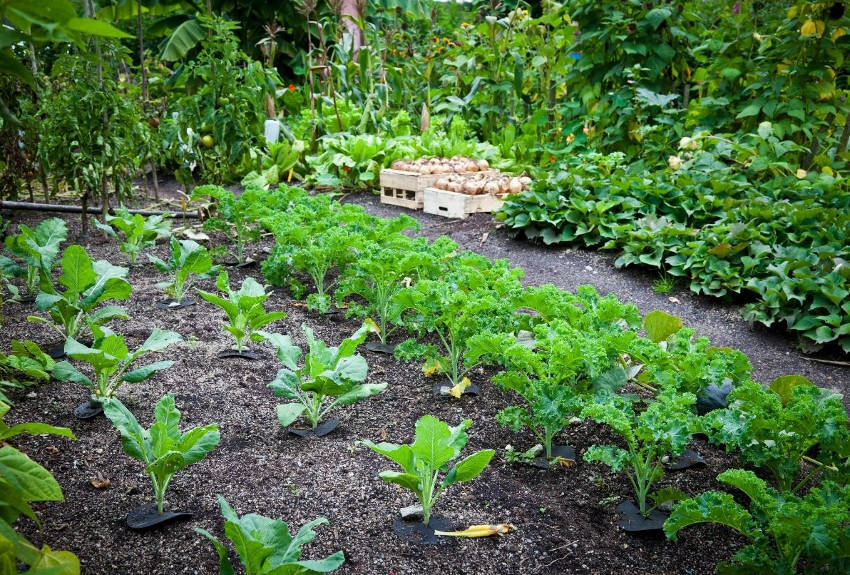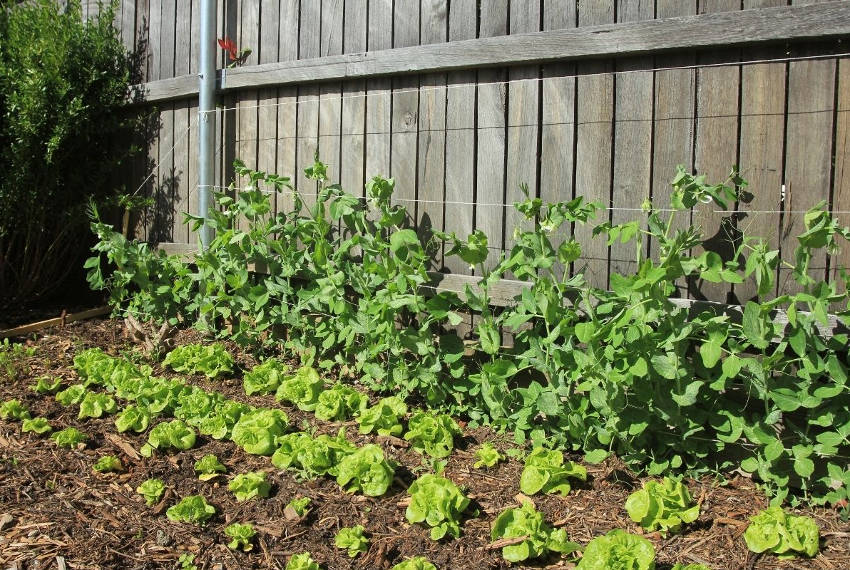Nature works to its own schedule. Although one of the skills of a gardener is to provide the ideal conditions for growth, a plant will only ever be ready in its own sweet time.
This can be frustrating for beginner gardeners who are eager to see results as soon as possible. However, the relatively fixed growth rates of different species and varieties is highly useful when planning a year's worth of sowing and growing.
Knowing the approximate time it'll take your plants to reach their best means you can get more out of your vegetable patches or flower beds, matching the seeds you sow to your local conditions and the length of your growing season.
Luckily, it's easy to find out a plant's typical timings by using a measure known as days to maturity, or sometimes days to harvest, and it's a figure found on most seed packets.
What is Maturity?
To make full use of the measurement, it's important to know what gardeners usually mean by maturity. Technically, maturity refers to the time a plant first sets flower or fruit, and for ornamental flowers the number of days this typically takes is the one given on a seed packet.
For vegetables, the period is usually extended past simply setting fruit, toward being able to take the first usable harvest from the plant. For example, although a tomato vine may flower and produce tiny fruits relatively quickly, maturity will generally be defined as the time when the first fully ripe tomato can be picked, which could be weeks later.
To complicate the picture a little further, a plant can be said to reach maturity at different stages depending on exactly why it was grown. If you're sowing salad leaves to use as a young 'cut and come again' crop, maturity will be reached much earlier than if you're aiming for full-size hearting lettuces.
Carrots can be harvested as sweet and tender babies at 5cm, or allowed to grow to a full 25cm or longer. Peppers can be picked when young and green, or left to develop into a completely ripe red. And so on.
This amount of variation is one reason why the days to maturity figure given on a packet should be used as a guideline rather than a prediction that's set in stone.
When to Start Counting
Another potential area of confusion is deciding when to start counting the days toward the final figure. There are two main approaches to this.
For seeds sown under cover, the clock usually starts ticking on the day the seedlings are ready to be transplanted to their final growing location.
For seeds sown direct, the count usually starts after germination, when the first signs of the seedling are visible above the soil. However, some gardeners prefer to start counting only when the first pair of true leaves appear, which can delay the count by a few days or longer.
Factors Which Can Affect Maturity Times
While days to maturity is a helpful starting point, and can be accurate for growing under ideal conditions, there are many factors which can mean your plants grow at a significantly different rate, including:
- The days to maturity figure that's provided may not be relevant for your climate zone.
- Plants sown indoors earlier in the year may gain a head start in germination, but growth rates can be slower in the cooler early weeks of the season.
- Changes in weather from year to year may slow down or speed up development.
- Extreme heat can prompt many plants to bolt to seed, potentially skipping the desired maturity period entirely or compressing it to a few early and easily missed days.
- Too much, too little, or inconsistent watering can disrupt growth patterns dramatically.
- Poor quality soil with a lack of nutrients will slow growth down, while using too much fertiliser to compensate can delay flowering and fruiting or prevent it altogether.
- Sun-loving plants grown in shade will develop much more slowly than those planted in their preferred sunny conditions.
- Pest problems can set growth back by weeks, even if the plants seem to have shrugged off the damage caused.
Over time, you'll come to know how your own garden's conditions impact the typical days to maturity figures, and you can adjust accordingly. This learning process is greatly helped by keeping a gardening diary, noting the sowing times, general weather, and eventual harvesting times for each plant you grow during each year.
Using Days to Maturity in the Garden
Given all this uncertainty, you might think that the days to maturity figures are unreliable enough to be ignored. However, they still play a vital role in gardening, even if the figures given don't exactly match your experience.
One key point is that you can use days to maturity as an accurate measure of relative growth between two kinds of seeds. If one seed packet quotes 30 days, you can rely on its contents to be ready to harvest around a month earlier than those from a packet quoting 60 days, even if the whole process takes a different amount of time.
Also, days to maturity provides a good best case figure, and you can be reasonably sure you won't see maturity much earlier than the estimate given. These two points make planning your sowing and growing much easier. For example:
- You can see at a glance whether a particular seed is worth sowing in your location. If your growing season is roughly 90 days, and the packet specifies 120 days to maturity, then sowing these seeds will almost certainly mean failure.
- For seeds where the maturity time is only slightly less than your typical growing season, it's easy to see whether an early sowing indoors could increase your chances of success.
- Different varieties of the same plant can have different days to harvest figures, letting you choose a particular cultivar that's more closely matched to your location. This can increase harvests in relatively cool areas, compared to varieties which may face a ripening race toward the end of the season.
- Growing several varieties of the same vegetable but with different maturity times means you can stagger the harvest over a longer period, rather than being faced with a sudden but short-lived glut.
- Similarly, annual flowers can be sown to a schedule using days to maturity as a guide, helping ensure you'll have a constant display of blooms throughout summer and autumn.
- Using days to maturity can let you take two or more harvests from the same patch of soil, by helping you time sowing and transplanting to make full use of your growing season.
- Succession planting is easier when you know roughly how long a plant will take to grow to harvest size. Longer growing periods usually mean sowing seed batches less frequently, compared to fast-growing crops such as radish which will benefit from sowings only a week or so apart.
There's always some level of uncertainty when growing your own plants, particularly if you're looking for a bountiful harvest or floral display from an annual variety. However, the quoted days to maturity number helps to clarify one important aspect of a seed's growth, and learning to use it well can make your gardening life easier and more productive.







